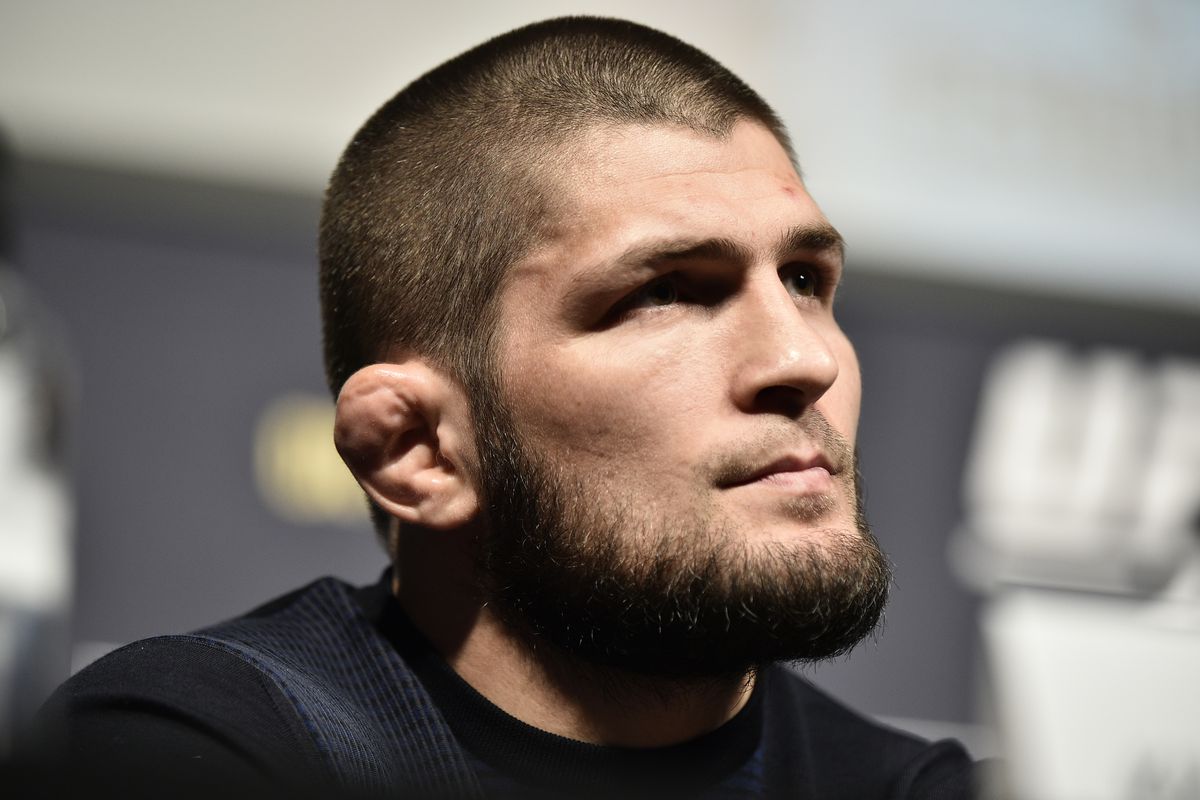Have you ever watched a UFC fight and noticed the fighters’ ears? If you have, you might have wondered, “Why do UFC fighters have weird ears?” This peculiar phenomenon, commonly known as “cauliflower ear,” is more than just an oddity; it tells a story of the sport’s brutal nature and the dedication of its athletes. In this article, I will explore the reasons behind cauliflower ear, its implications for fighters, and how they manage this condition. By the end, you will have a comprehensive understanding of why UFC fighters sport these unique ear shapes and what it means for their careers.
What is Cauliflower Ear?
Cauliflower ear occurs when the outer ear suffers trauma, leading to a collection of blood between the cartilage and the skin. If left untreated, this can cause the ear to harden and deform, resulting in the characteristic lumpy appearance that many UFC fighters have. The condition is prevalent among athletes who engage in contact sports, such as wrestling, boxing, and mixed martial arts (MMA).

The Anatomy of the Ear
To better understand cauliflower ear, it’s essential to know the anatomy of the ear. The ear consists of three main parts: the outer ear (pinna), the middle ear, and the inner ear. The outer ear is primarily made of cartilage, which is flexible but can be damaged easily.
When fighters get hit in the ear or grapple with an opponent, the force can cause blood to pool in the cartilage. This pooling is the body’s response to injury, but if not addressed, it can lead to permanent changes in the ear’s structure.

How Does Cauliflower Ear Develop?
Cauliflower ear develops through a series of stages:
- Trauma: The initial injury occurs due to impact, such as punches, kicks, or grappling.
- Hematoma Formation: Blood collects between the cartilage and skin, leading to swelling and pain.
- Fibrosis: If the hematoma is not drained, it can harden into fibrous tissue, resulting in the characteristic lumpy appearance.
- Permanent Deformation: Over time, the ear may become permanently deformed, resembling a cauliflower.
The Importance of Treatment
Immediate treatment is crucial to prevent long-term damage. If a fighter experiences a hematoma, draining the blood can help prevent the development of cauliflower ear. This is often done by medical professionals who insert a needle to remove the fluid. If untreated, the ear can become disfigured, impacting the fighter’s appearance and potentially their hearing.

Why Do Fighters Accept Cauliflower Ear?
You might wonder why fighters accept the risk of developing cauliflower ear. Here are a few reasons:
- Passion for the Sport: Many fighters are deeply passionate about their craft. The risk of injury is part of the game, and they often prioritize their performance over their appearance.
- Badge of Honor: For some fighters, cauliflower ear is a badge of honor, symbolizing their dedication and experience in the sport. It shows they have been through tough training and competition.
- Acceptance of Risk: Fighters are trained to accept physical risks. They understand that injuries are part of the sport, and many choose to embrace them rather than shy away.
Real-Life Examples
I remember watching a documentary on MMA fighters, and one fighter, in particular, stood out. He had severe cauliflower ear, and when asked about it, he shrugged it off, saying, “It just means I’ve been in the trenches.” This mentality is prevalent among many fighters, who see their injuries as part of their journey.

The Impact of Cauliflower Ear on Fighters
While cauliflower ear may be a point of pride for some fighters, it can also have negative implications:
Physical Discomfort
The swelling and deformation of the ear can cause discomfort and pain. Fighters may experience sensitivity, especially when their ears are struck during a fight.
Hearing Loss
In severe cases, cauliflower ear can lead to hearing loss. The deformation of the ear can affect sound transmission, making it challenging for fighters to hear their coaches or the referee during a match.
Cosmetic Concerns
While many fighters embrace their cauliflower ears, it can be a concern for others, especially those looking to transition into other careers post-fighting. The unique appearance of cauliflower ear can impact their confidence and how they are perceived in other fields.
How Do Fighters Manage Cauliflower Ear?
Fighters employ several strategies to manage and prevent cauliflower ear:
Protective Gear
One of the most effective ways to prevent cauliflower ear is by wearing protective headgear during training. Many grapplers and wrestlers use ear guards, which cushion the ears and reduce the risk of trauma.
Regular Check-ups
Fighters often have regular check-ups with medical professionals who specialize in sports injuries. If they notice any swelling or pain in their ears, they are encouraged to seek treatment immediately.
Draining Hematomas
As mentioned earlier, draining hematomas is a common practice among fighters. If a fighter experiences swelling, they may go to a medical professional to have the fluid removed, preventing the development of cauliflower ear.
Acceptance and Adaptation
Many fighters learn to accept their cauliflower ears as part of their identity. They adapt their training and fighting styles to minimize the risk of further injury while continuing to compete at high levels.
Frequently Asked Questions About Cauliflower Ear
What causes cauliflower ear?
Cauliflower ear is caused by trauma to the outer ear, leading to the accumulation of blood between the cartilage and skin. If untreated, this can result in permanent deformation.
Is cauliflower ear reversible?
Once cauliflower ear has developed, it is challenging to reverse the condition. Early treatment of hematomas can prevent it, but once the ear has hardened, surgical intervention may be required for correction.
Do all fighters get cauliflower ear?
Not all fighters develop cauliflower ear, as it largely depends on the type of training and fighting style. Those who engage in grappling or striking are at higher risk.
How can cauliflower ear be prevented?
Cauliflower ear can be prevented by wearing protective headgear during training, promptly addressing any ear injuries, and having regular check-ups with medical professionals.
Is cauliflower ear dangerous?
While cauliflower ear is not life-threatening, it can lead to complications such as hearing loss and chronic pain if not managed properly.
Conclusion
Understanding why UFC fighters have weird ears helps us appreciate the sport’s physical demands and the dedication of its athletes. Cauliflower ear, while often seen as a badge of honor, comes with its own set of challenges and requires careful management. Whether you’re a fan of MMA or simply curious about the sport, recognizing the significance of cauliflower ear can deepen your understanding of the fighters and their journeys.
If you’re interested in learning more about the world of MMA or exploring additional resources, feel free to leave a comment or subscribe for updates. Remember, every fighter has a story, and their unique features often tell us a lot about their experiences in the ring.
Further Reading:
- Basic MMA Techniques
- Disadvantage of Training MMA
- How to Became Professional MMA Fighter?
- Are MMA fights are real?
- Are MMA Fighter Stronger than Bodybuilders?
- Is MMA a good Career?
- UFC Betting Sites Canada?


